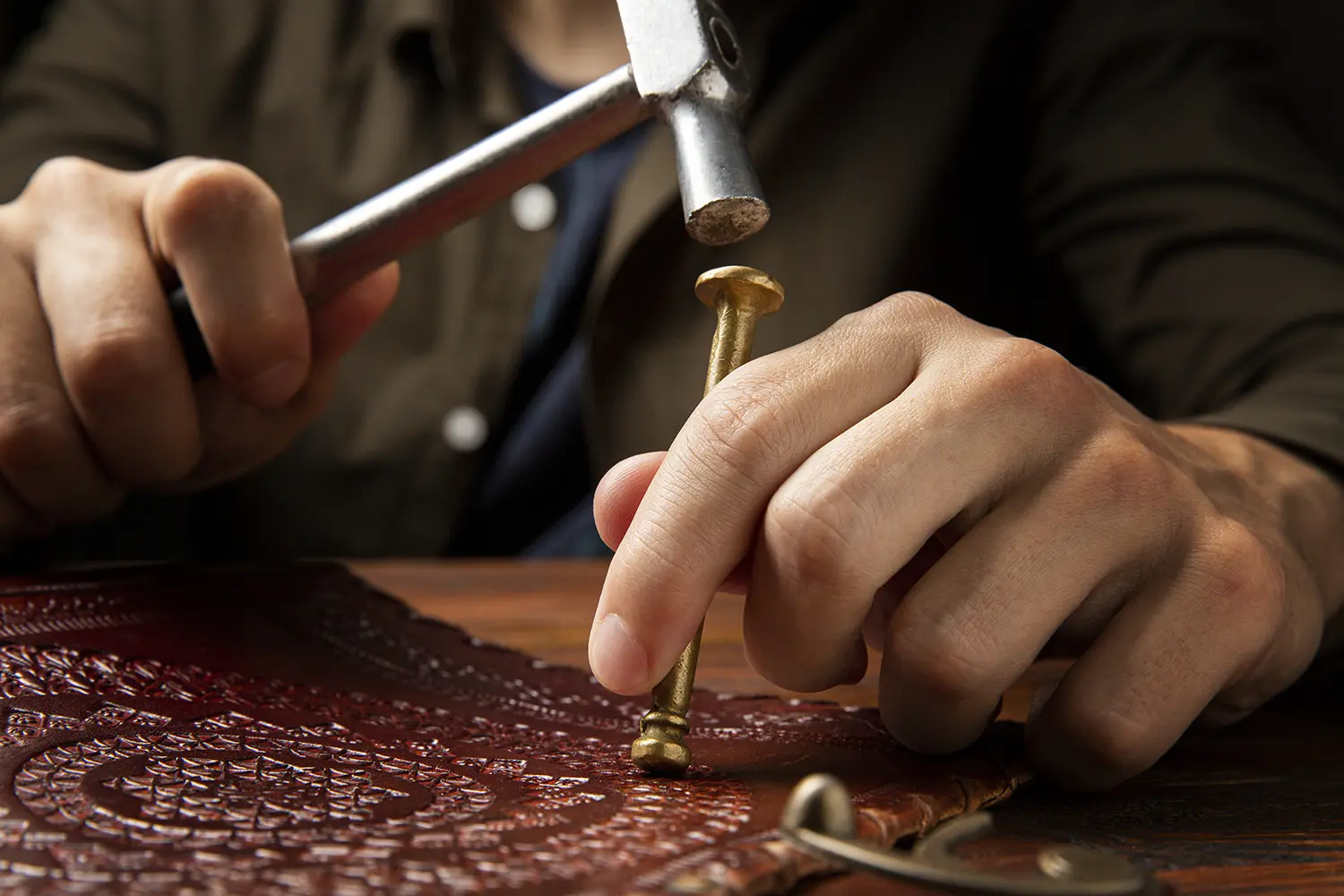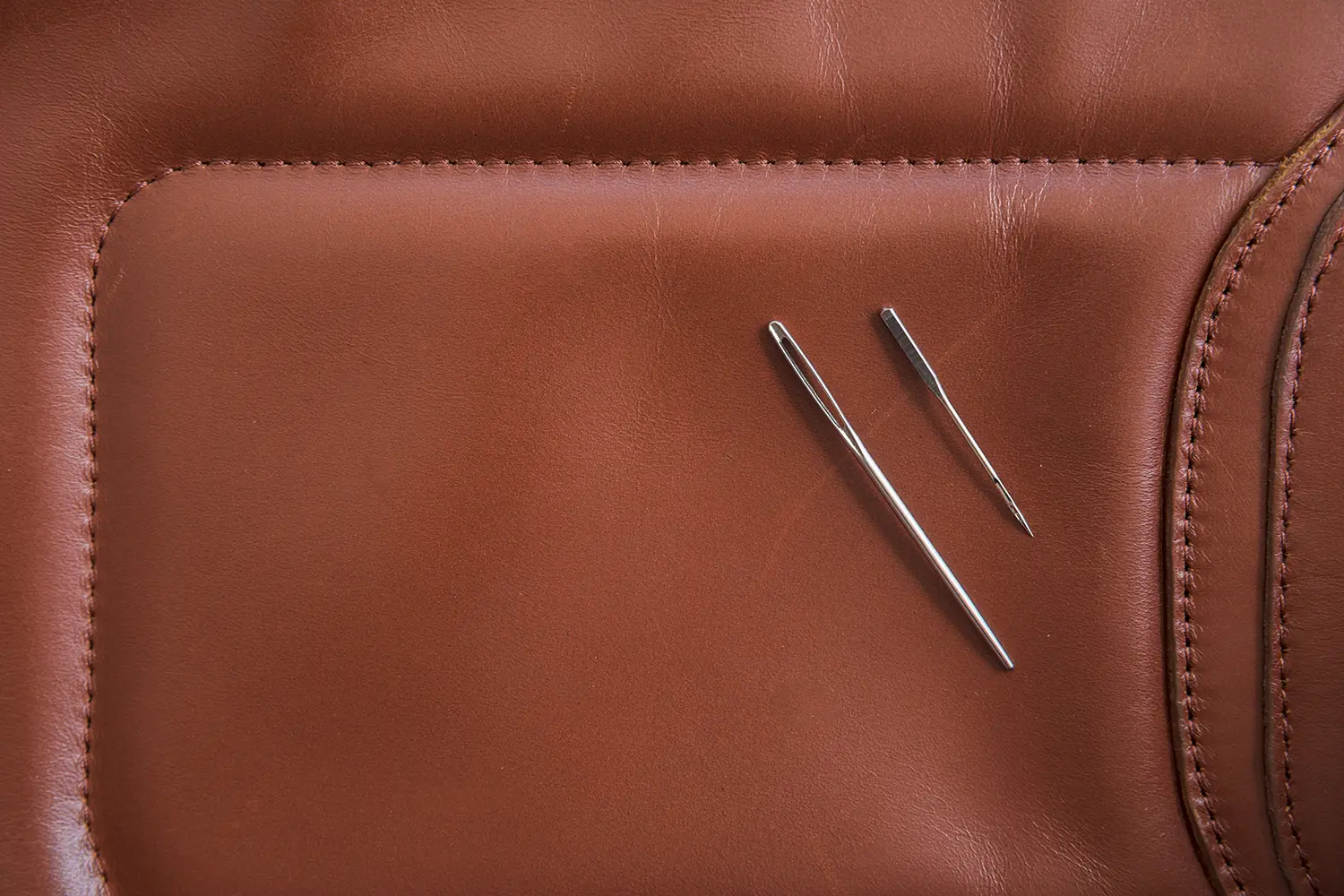
The Timeless Craft: Unveiling the History and Evolution of Leather Processing
From the earliest hunter-gatherer societies to the runways of high fashion, leather has been a cornerstone of human civilization. It has provided us with warmth, protection, and a canvas for artistry. Yet, the supple, durable material we know today is the result of a complex and fascinating process that has evolved over millennia. This journey of transformation, from raw hide to finished product, is a testament to human ingenuity and our enduring relationship with the natural world.
The Dawn of Tanning: Prehistoric and Ancient Techniques
The story of leather processing begins not in a factory, but around a campfire. Early humans, in their quest for survival, quickly realized that animal hides, while useful, were susceptible to decomposition. They needed a way to preserve them. The earliest methods were simple and often involved primitive forms of drying and smoking. By stretching hides over frames and exposing them to smoke from fires, our ancestors discovered they could create a material that was more durable and less prone to decay.
The true breakthrough, however, was the discovery of tanning. The word “tanning” itself is believed to originate from the Old English word “tannian,” meaning to tan or steep in an oak bark solution. The earliest forms of tanning were likely discovered by accident. Perhaps a hide fell into a pool of water filled with fallen oak leaves or bark, and someone noticed that the section of hide exposed to the water had become more pliable and resistant to rot.
This discovery led to a crucial understanding: certain organic materials contain tannins, a class of astringent polyphenols that bind to the protein in animal skin. By creating a solution of water and plant matter rich in tannins—such as oak bark, sumac leaves, or other vegetation—early artisans could transform a raw hide into leather. This vegetable tanning process, though refined over time, remains the foundation of many traditional leather-making techniques today.
In ancient civilizations, leather became more than just a survival tool. The Egyptians used it for everything from sandals to shields, and their leatherwork was renowned for its quality and intricate designs. The Romans, masters of engineering and organization, utilized leather extensively for military equipment, including armor and footwear. They established large-scale tanneries near rivers, where the process of soaking hides and treating them with tanning agents could be carried out more efficiently.
The Medieval and Industrial Eras: From Guilds to Factories
During the Middle Ages, leather production became a highly specialized craft, governed by guilds. Tanners held a respected, though often maligned, position in society. The process was messy, smelly, and required significant skill and patience. Tanning vats were a common sight in towns, often located on the outskirts due to the strong odors they produced. A master tanner’s knowledge was a closely guarded secret, passed down through apprenticeships.
The process of vegetable tanning during this period was a slow and laborious affair. Hides would be soaked in a series of vats with increasing concentrations of tannin-rich solutions. This could take anywhere from several months to a year, depending on the thickness of the hide and the desired finish. The result was a firm, durable leather ideal for saddles, boots, and armor, but not as soft or flexible as the leathers we are accustomed to today.
The Industrial Revolution marked a seismic shift in leather processing. With the advent of new machinery and a deeper understanding of chemistry, the entire process was revolutionized. The development of powered drum systems allowed tanneries to process much larger quantities of hides in a fraction of the time. This was a critical step in meeting the growing demand for leather in a rapidly industrializing world.
However, the most significant innovation was the discovery of chrome tanning in the mid-19th century. American chemist Augustus Schultz patented a method using chromium sulfate to tan leather. This new process was incredibly fast, taking only a day or two compared to the months required for vegetable tanning. Chrome-tanned leather was also more supple, water-resistant, and uniform in color, making it perfect for a new generation of products like gloves, upholstery, and fine footwear.
Chrome tanning quickly became the dominant method worldwide and remains so today, accounting for a vast majority of the world’s leather production. Its efficiency and versatility allowed the leather industry to scale up to a global level, making leather goods more accessible than ever before.
The Modern Era: Technology, Sustainability, and Innovation
Today, the leather industry is a complex global network, blending ancient techniques with cutting-edge technology. While chrome tanning is still prevalent, the modern process has been refined to be more environmentally friendly. Advanced water treatment plants and chemical recovery systems are now common in modern tanneries to minimize the environmental impact of chemicals and waste products.
However, a growing movement towards sustainability is challenging the dominance of chrome tanning. The traditional art of vegetable tanning is experiencing a significant resurgence. Modern vegetable tanneries are innovating with new plant-based extracts and more efficient processes to create a material that is not only beautiful but also biodegradable. These leathers are highly sought after by luxury brands and consumers who prioritize eco-conscious production.
The industry is also exploring new and exciting avenues. The use of enzymes and other bio-based solutions for the initial stages of hide preparation is gaining traction. Research is being conducted into bio-tanning methods that use natural, non-toxic alternatives to traditional chemicals.
Furthermore, the rise of faux leather and other synthetic materials has forced the leather industry to innovate and differentiate itself. While often a more affordable alternative, synthetic leathers are typically petroleum-based and do not possess the same breathability, durability, or aging characteristics of real leather. This has highlighted the unique value proposition of genuine leather as a natural, long-lasting material that, when processed responsibly, can be a sustainable choice.
The Future of Leather: A Blend of Tradition and Technology
The future of leather processing is likely to be a fascinating blend of heritage and innovation. We will see a continued push for more sustainable and transparent supply chains. Consumers are increasingly demanding to know not only where their leather comes from but also how it was processed. This has led to the development of certifications and traceability programs that ensure ethical and environmentally sound practices.
The use of digital technology, such as automated systems and data analytics, will further optimize the tanning process, reducing waste and improving quality control. However, the artistry and skill of the tanner will never become obsolete. The final touches—the dyeing, finishing, and shaping of the leather—are still a craft that requires a human touch and an experienced eye.
In conclusion, the history of leather processing is a story of continuous evolution. From the simple smoke-tanned hides of our ancestors to the sophisticated, sustainable leathers of today, this craft has adapted and thrived. It is a testament to the enduring human need for durable, beautiful materials and our ability to innovate while honoring the traditions of the past. As we look to the future, the age-old practice of transforming hide into leather will continue to evolve, blending the wisdom of tradition with the promise of new technology.


